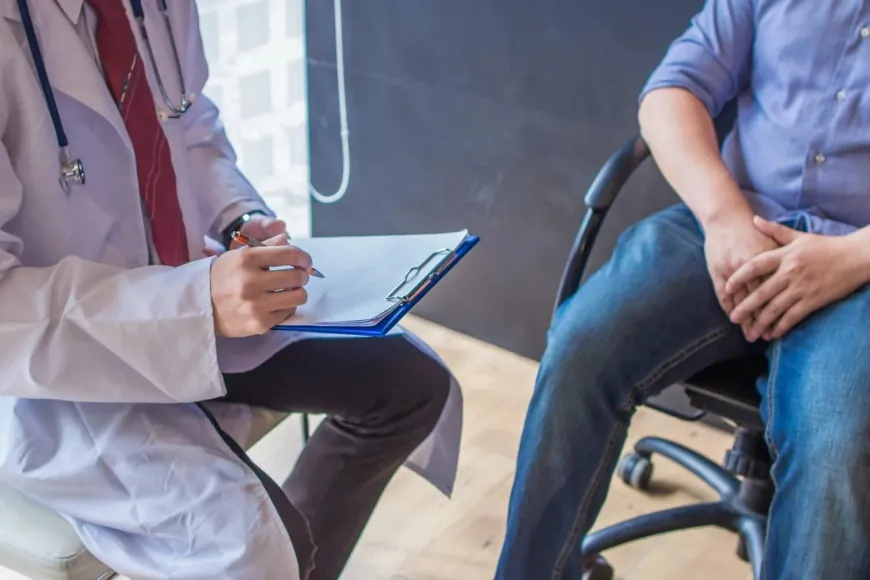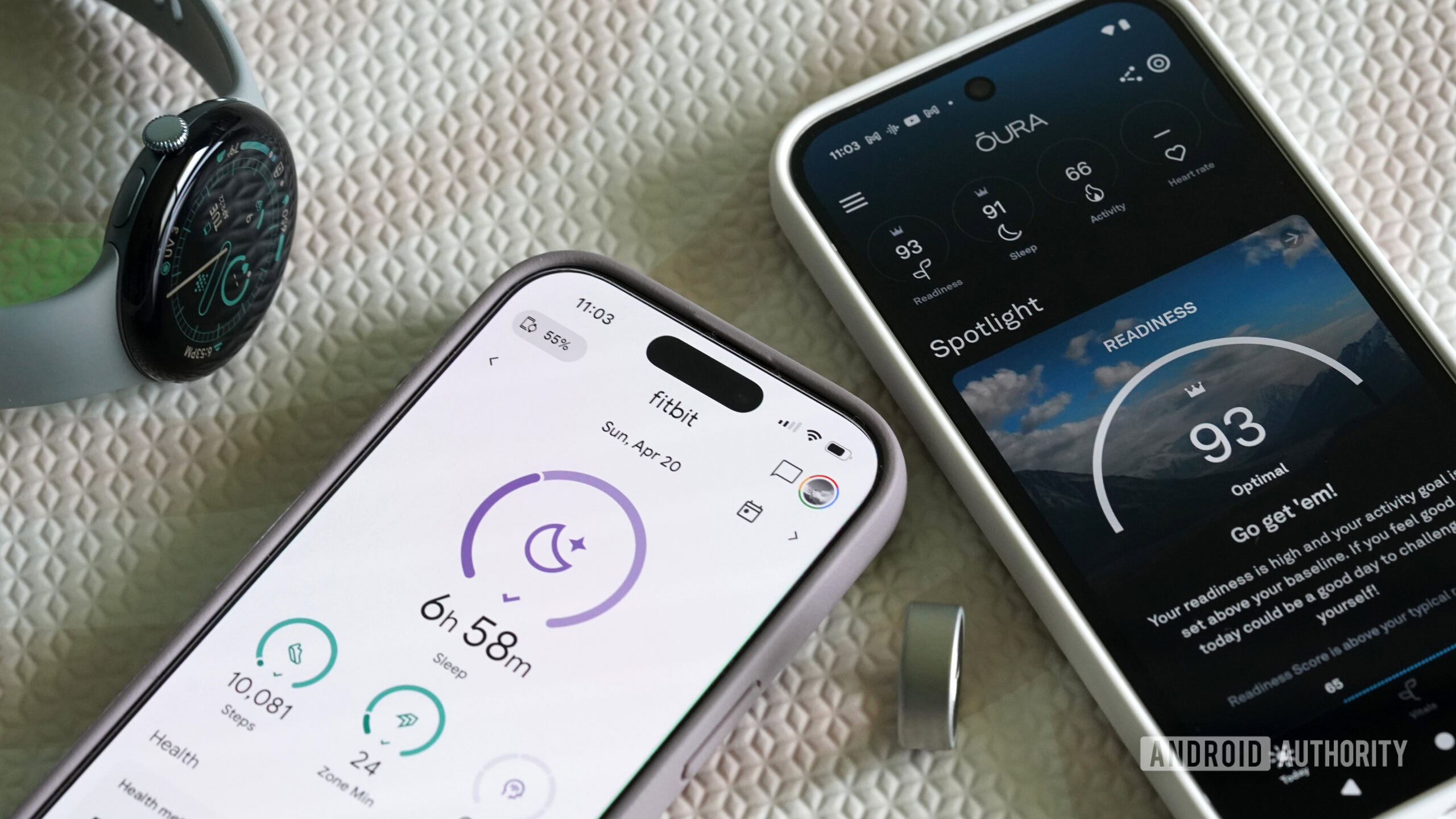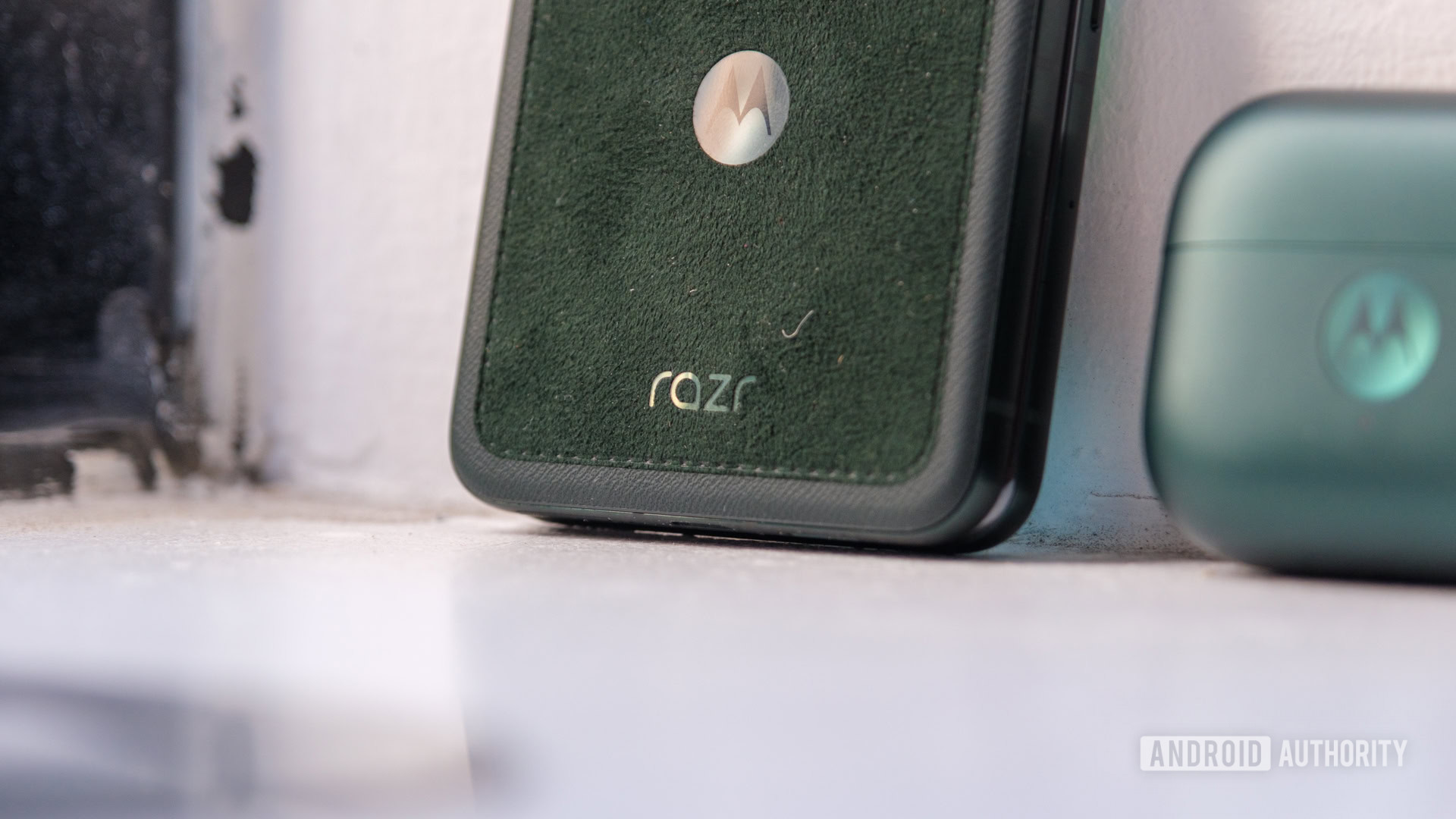Stem Cell Therapy for Peyronie's Disease

Peyronie's disease is a condition that affects many men, causing the curvature of the penis due to the formation of fibrous scar tissue inside. This condition can lead to painful erections, difficulties in sexual intercourse, and emotional distress. While traditional treatments such as medications, injections, and surgery have been commonly used, Peyronie's Disease Treatment in Dubai is emerging as a promising treatment option. Stem cell therapy for Peyronie's disease has gained attention worldwide for its potential to heal the scar tissue, reduce curvature, and improve overall penile function. In Dubai, where advanced medical technologies are readily available, stem cell therapy for Peyronie’s disease is providing new hope for patients seeking non-invasive and effective alternatives.
What is Peyronie's Disease?
Peyronie’s disease is characterized by the development of fibrous plaques in the soft tissue of the penis, typically forming as a result of trauma or injury. The plaques cause the penis to bend or curve, which can lead to pain, erectile dysfunction, and difficulties during sexual intercourse. The exact cause of the condition is still not fully understood, but it is believed to result from the body’s natural healing process after an injury, where the tissue becomes scarred instead of healing normally.
The disease can vary in severity, with some men experiencing only mild curvature, while others may have significant deformity, which can severely affect their quality of life. The symptoms often worsen over time, and in some cases, the curvature can become permanent. Treatments traditionally focus on managing symptoms, with the goal of reducing pain and improving the penile function.
Stem Cell Therapy for Peyronie's Disease
Stem cell therapy for Peyronie's disease is an innovative treatment approach that is being studied as a way to regenerate the damaged tissues and reduce the fibrous plaques that cause the curvature. The therapy involves using stem cells, which have the ability to differentiate into various types of cells, including those that make up connective tissue. These cells are typically harvested from the patient’s own body, most commonly from adipose tissue (fat) or bone marrow.
The stem cells are then injected directly into the area of fibrosis, where they promote healing and tissue regeneration. Over time, this can lead to a reduction in the size of the plaques, the softening of the scar tissue, and, in some cases, a significant reduction in the curvature of the penis. The therapy is considered less invasive than traditional surgical procedures and offers a more natural approach to healing.
How Does Stem Cell Therapy Work?
Stem cell therapy for Peyronie's disease works by targeting the fibrous scar tissue that has developed in the penis. The stem cells are injected into the affected area, where they promote the regeneration of healthy tissue. This process helps to break down the fibrous tissue, while simultaneously encouraging the growth of new, healthy cells. Over time, the scar tissue softens and shrinks, which can lead to a reduction in the curvature and improvement in overall penile function.
This treatment is still relatively new, and research is ongoing to fully understand its effectiveness. However, early clinical trials have shown promising results, with many patients experiencing a reduction in pain, improved erectile function, and a decrease in curvature. Unlike traditional treatments, stem cell therapy does not involve cutting or removing tissue, which means there is less risk of complications and a faster recovery time.
Benefits of Stem Cell Therapy for Peyronie’s Disease
-
Non-Invasive Treatment: One of the most significant advantages of stem cell therapy is that it is non-surgical. This means patients do not need to undergo lengthy recovery periods, and there is a reduced risk of complications compared to surgery.
-
Regeneration of Healthy Tissue: Stem cells have the ability to regenerate damaged tissue, which can help to soften and shrink the fibrous plaques responsible for the curvature. This regenerative ability makes stem cell therapy a promising option for long-term healing.
-
Improved Erectile Function: Many patients with Peyronie’s disease experience erectile dysfunction due to the scar tissue affecting blood flow. Stem cell therapy can potentially improve blood circulation and restore normal erectile function.
-
Minimal Risk and Recovery Time: As the treatment is minimally invasive, it is associated with fewer risks than traditional surgical treatments. Most patients can return to their normal activities shortly after the procedure.
-
Customization: Stem cell therapy can be tailored to each patient’s specific condition. The cells are harvested from the patient’s own body, reducing the risk of rejection or side effects.
Stem Cell Therapy in Dubai: A Leading Destination for Innovative Treatments
Dubai has become a hub for cutting-edge medical treatments, offering state-of-the-art facilities and a high standard of care. Stem cell therapy for Peyronie’s disease is gaining popularity in Dubai, as many patients seek out advanced solutions for this challenging condition. The UAE has invested heavily in medical research and technology, making it an ideal destination for those seeking the latest in regenerative medicine.
Hospitals and clinics in Dubai that offer stem cell therapy are staffed by highly skilled professionals who specialize in urology and regenerative medicine. These clinics provide a comfortable and modern environment for patients to undergo treatment, with personalized care and attention to each patient’s unique needs.
For patients traveling to Dubai for stem cell therapy for Peyronie’s disease, the city offers an excellent combination of world-class medical care, luxury accommodations, and vibrant cultural experiences. With the rising popularity of medical tourism, Dubai is increasingly becoming a go-to destination for individuals seeking innovative treatments that may not be available in their home countries.
Conclusion
Stem cell therapy for Peyronie’s disease represents a significant advancement in the treatment of this condition, offering patients the potential for natural healing and a reduction in symptoms. In Dubai, where cutting-edge medical treatments are readily accessible, men suffering from Peyronie’s disease can find hope in this innovative, non-invasive solution. While more research is needed to fully understand the long-term effects and effectiveness of stem cell therapy, its promising results so far offer new possibilities for patients seeking a better quality of life. As Dubai continues to lead in medical innovation, stem cell therapy for Peyronie’s disease is becoming an increasingly viable option for those seeking relief from the condition.
What's Your Reaction?
 Like
0
Like
0
 Dislike
0
Dislike
0
 Love
0
Love
0
 Funny
0
Funny
0
 Angry
0
Angry
0
 Sad
0
Sad
0
 Wow
0
Wow
0
Related Posts
dfggggggggggggd
Beverly Medspa Nov 30, -0001 0













































